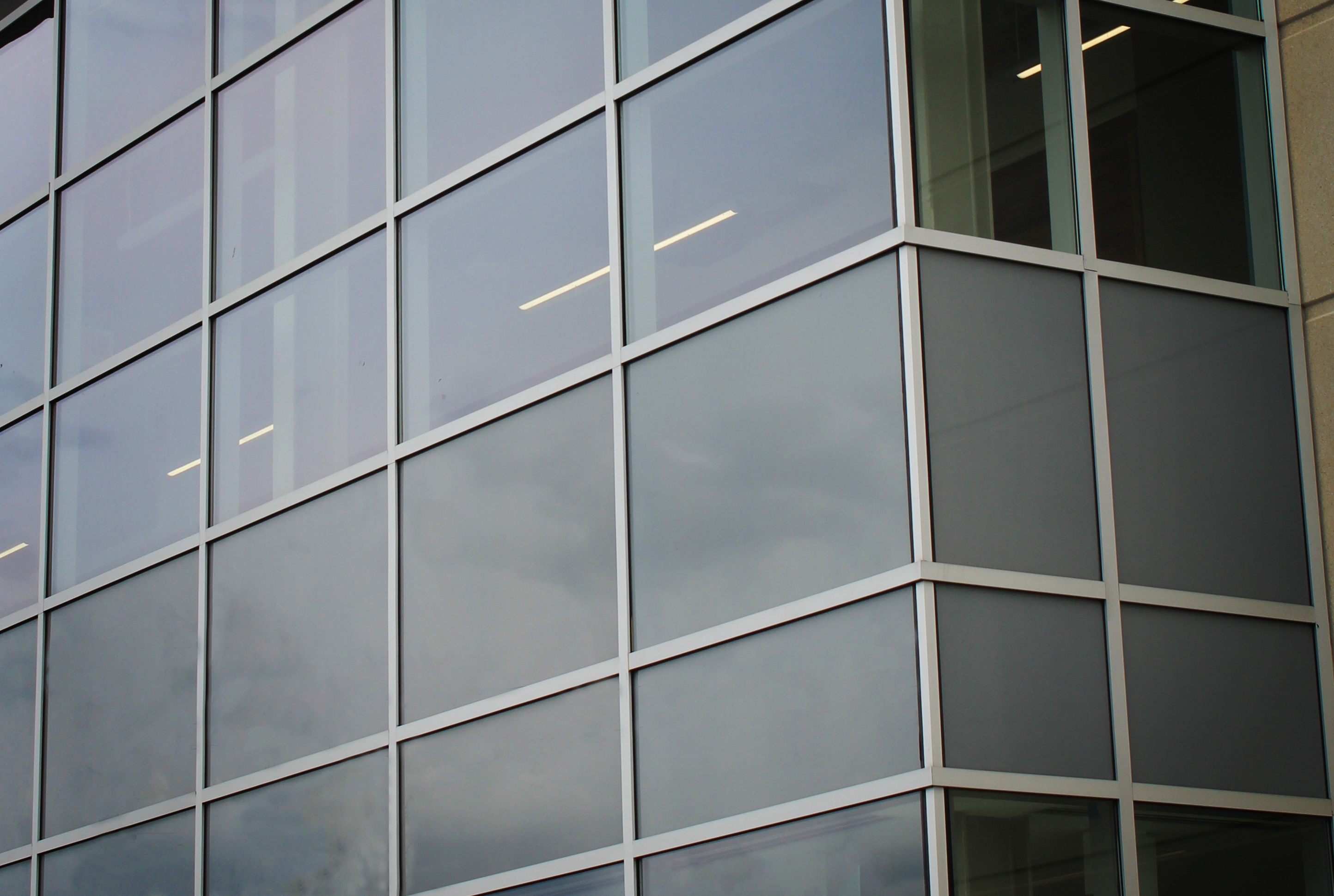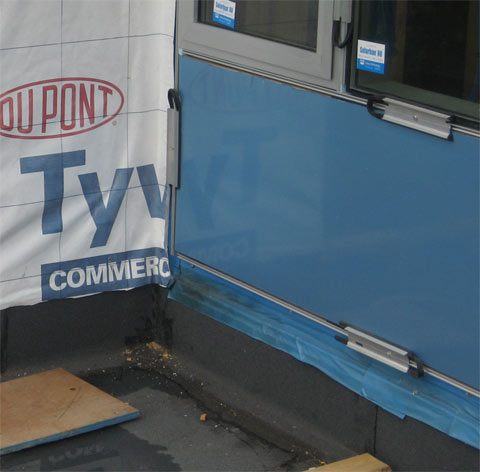Aluminum Infill Panels - Questions
Table of ContentsLittle Known Questions About Door Infill Panel.Our Aluminum Infill Panels DiariesA Biased View of Aluminium Window Infills


This is ideal for high towers or constructing websites where there is a tight footprint Less area is required on site for layout is the another advantage Another advantage of unitised systems is that, unlike stick systems, they do not move effect noises from flooring to flooring or horizontally from room to room.

The various materials (i. e. gasket to aluminium), end up being acoustically excited to different levels, hence producing a full separation at the junctions in between units. The increased use of factory assembly presents other important factors to consider, consisting of the following: The workshop must be properly equipped to deal with completed elements Extra transport is needed to get completed components to the website Additional devices is required on website for setup of the modules Unitised faades offer a variety of style alternatives (curtain wall metal panel infill).
Sun-screening systems, spandrel panels and other infill panels can also be consisted of. Aluminium is generally utilized for faade frames because of its strength and stability. It is likewise highly durable, wetness and corrosion-resistant and 100% recyclable. Mullions in a unitised system tend to be slightly larger, since they use to have an open area, compared to the tube-shaped mullions utilized in a basic stick system.

Some Ideas on Aluminum Infill Panels You Should Know

g. a variety of requirements can be used in the Middle East including European and American standards depending upon the country dynamics and climatic conditions. The air tightness test determines the volume of air that would travel through a closed window at a specific air pressure. The peak test pressure is determined by the specifier based on one of the classes in BS EN 12152: 2002 curtain walling, air permeability, performance requirements and category.
A higher test pressure might be defined if a this hyperlink more airtight structure is needed. Water tightness screening involves applying a consistent water spray at an increasing atmospheric pressure up until water permeates the window. The peak test pressure is figured out by the specifier based on one of the classes in BS EN 12154:2000 drape walling, water-tightness, efficiency requirements and classification. spandrel glazing.
For instance, in a coastal area, they might want to check to a greater peak pressure. The wind load resistance is a procedure of the profile's structural strength and is checked by using increasing levels of atmospheric pressure to mimic the wind force. The performance requirements with regards to wind resistance of drape walling are noted in BS EN 13116:2001 curtain walling, resistance to wind load. When glass is used as the curtain wall, a benefit is that natural light can penetrate much deeper within the building. The curtain wall faade does not bring any structural load from the structure other than its own dead load weight. The wall transfers lateral wind loads that are incident upon it to the primary building structure through connections at floorings or columns of the building.
Curtain wall systems are usually developed with extruded aluminum framing members, although the very first curtain walls were made with steel frames. The aluminum frame is generally infilled with glass, double glazing panel replacement uk which supplies an architecturally pleasing structure, as well as advantages such as daylighting. Nevertheless, the impacts of light on visual convenience along with solar heat gain in a structure are harder to manage when using large quantities of glass infill.
28mm White Infill Panels Things To Know Before You Buy



Oriel Chambers, Liverpool, England,1864. What appears to be an early curtain wall, part of the Curtea Veche Palace in Bucharest, developed in 1716 Buildings have long been constructed with the exterior walls of the building supporting the load of the whole structure. The advancement and extensive use of structural steel and later enhanced concrete permitted reasonably small columns to support big loads; for this reason, exterior walls of buildings her latest blog were no longer needed for structural assistance.
This provided method to increased use of glass as an outside faade, and the modern-day curtain wall was born. Early prototype versions of drape walls may have existed in buildings of wood construction before the 19th century, must columns have actually been utilized to support the structure rather than the walls themselves, particularly when large panels of glass infill were involved.